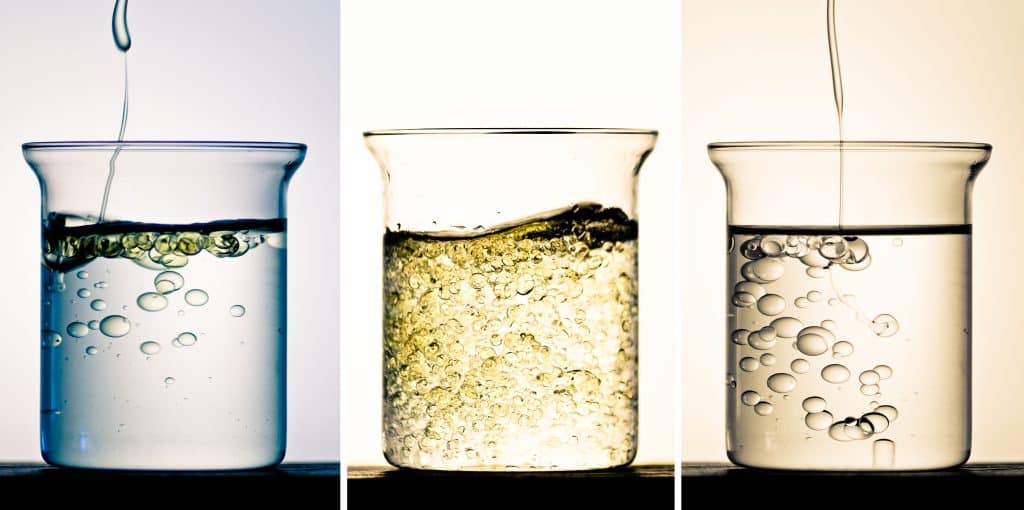

When it passes through a diluted milk solution, the light is scattered by colloidal particles, an observation of the Tyndall effect. The "washing" or desalting step can be performed by ultrafiltration, dialysis, coagulation (using acylated gelatin), or a classic noodle washing method.Įmulsion making also incorporates steps to increase sensitivity by using chemical sensitizing agents and sensitizing dyes.\): Light passes through a colorless solution and is not scattered. Most modern emulsions are "washed" to remove some of the reaction byproducts ( potassium nitrate and excess salts). A pH buffer, crystal habit modifier, metal dopants, ripener, ripening restrainer, surfactants, defoamer, emulsion stabilizer and biocide are also used in emulsion making. The type and quantity of gelatin used influences the final emulsion's properties. The silver halide is actually being 'peptized' by the gelatin. A reaction precipitates fine crystals of insoluble silver halides that are light-sensitive. Panchromatic black-and-white film also includes color sensitizers, but as part of a single emulsion layer.Ī solution of silver nitrate is mixed into a warm gelatin solution containing potassium bromide, sodium chloride or other alkali metal halides. Color films and papers have multiple layers of emulsion, made sensitive to different parts of the visible spectrum by different color sensitizers, and incorporating different dye couplers which produce superimposed yellow, magenta and cyan dye images during development. The light-exposed crystals are reduced by the developer to black metallic silver particles that form the image. Other polymer macromolecules are often blended, but gelatin has not been entirely replaced. The gelatin is used as a permeable binder, allowing processing agents (e.g., developer, fixer, toners, etc.) in aqueous solution to enter the colloid without dislodging the crystals. The light-sensitive component is one or a mixture of silver halides: silver bromide, chloride and iodide. Photographic emulsion is a fine suspension of insoluble light-sensitive crystals in a colloid sol, usually consisting of gelatin. Some processes do not have emulsions, such as platinum, cyanotype, salted paper, or kallitype. Gelatin or gum arabic layers sensitized with dichromate used in the dichromated colloid processes carbon and gum bichromate are sometimes called emulsions. However, the word emulsion is customarily used in a photographic context. Photographic emulsion is not a true emulsion, but a suspension of solid particles (silver halide) in a fluid (gelatin in solution).

The substrate is often flexible and known as a film base. The emulsion is usually coated onto a substrate of glass, films (of cellulose nitrate, cellulose acetate or polyester), paper, or fabric. It also considers the fundamental approach in areas such as controlled release, drug delivery and various applications of nanotechnology. Most commonly, in silver-gelatin photography, it consists of silver halide crystals dispersed in gelatin. Written by some of the top scientists within their respective fields, this book covers such topics as emulsions, nano-emulsions, nano-dispersions and novel techniques for their investigation. Photographic emulsion is a light-sensitive colloid used in film-based photography. ( February 2019) ( Learn how and when to remove this template message)

Please help to improve this article by introducing more precise citations. This article includes a list of references, related reading, or external links, but its sources remain unclear because it lacks inline citations.


 0 kommentar(er)
0 kommentar(er)
